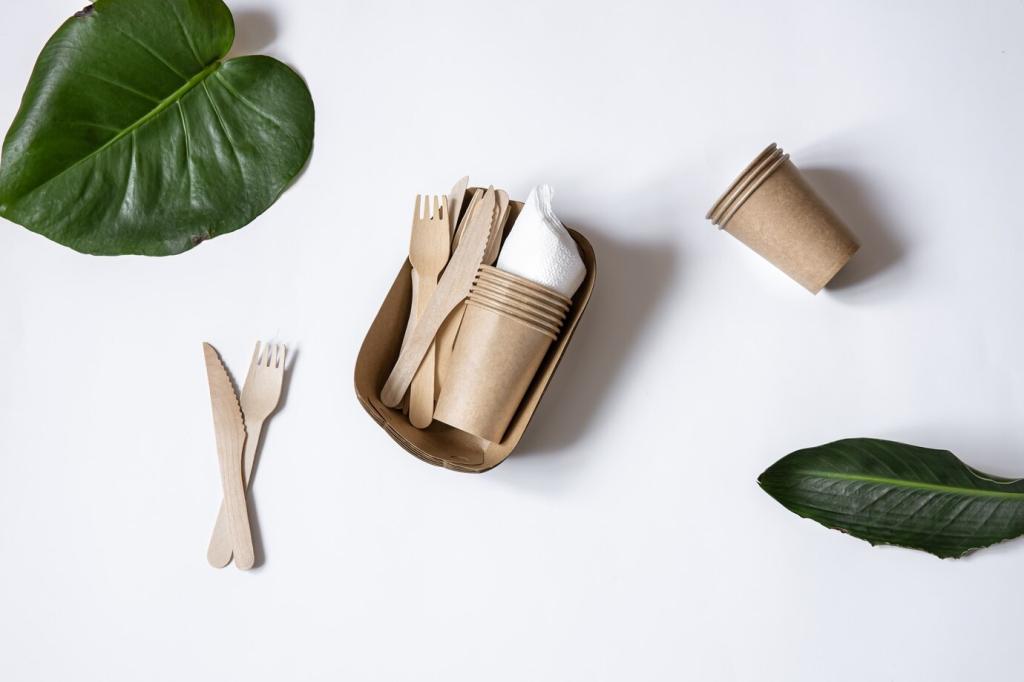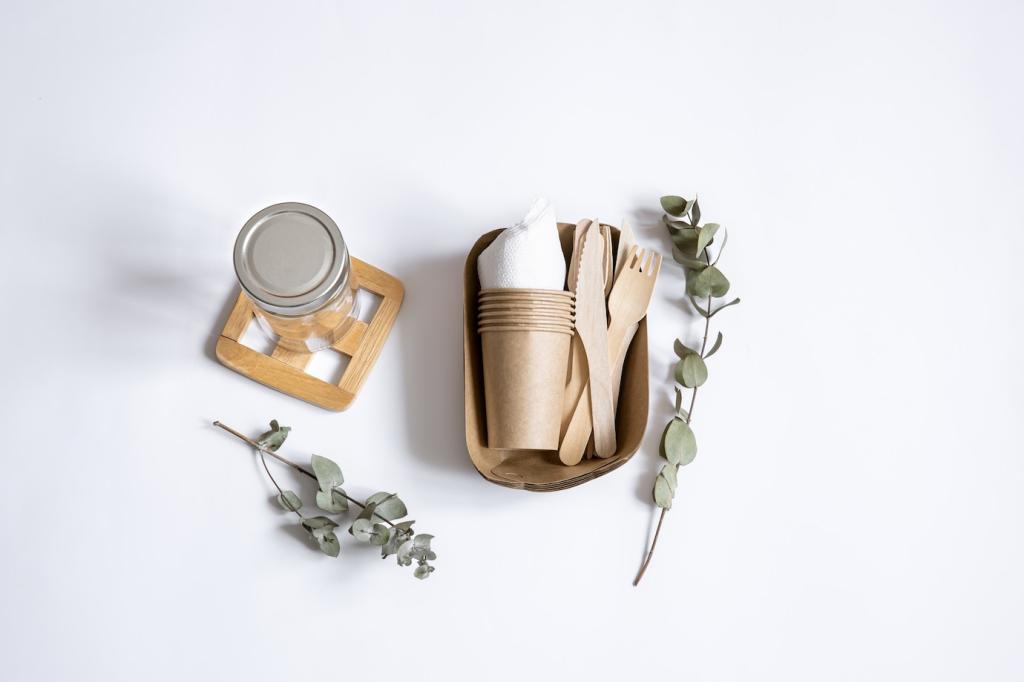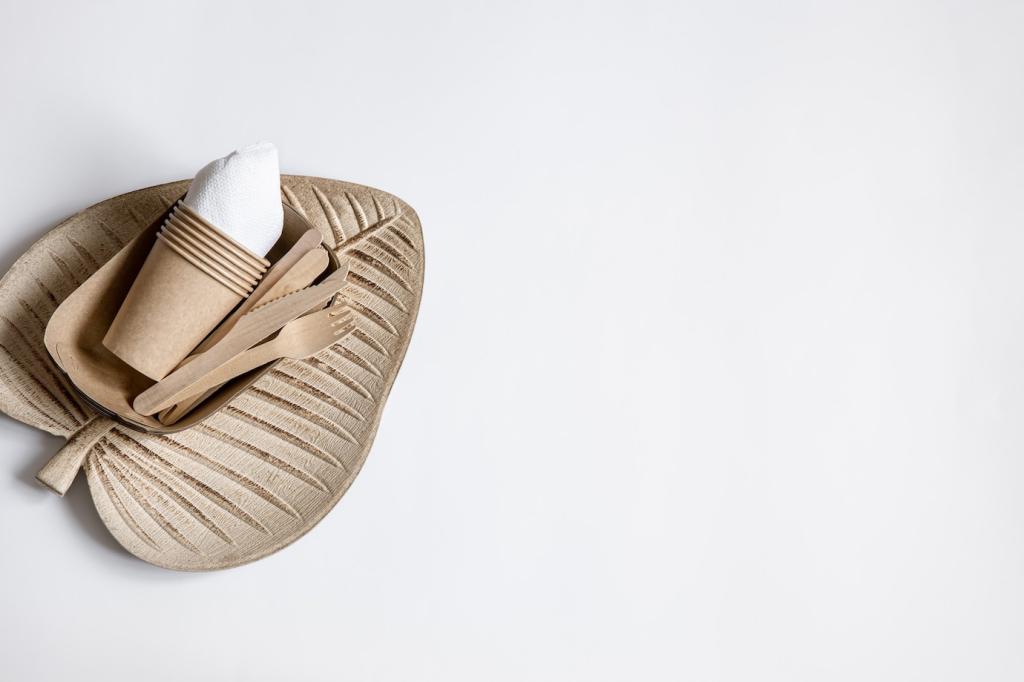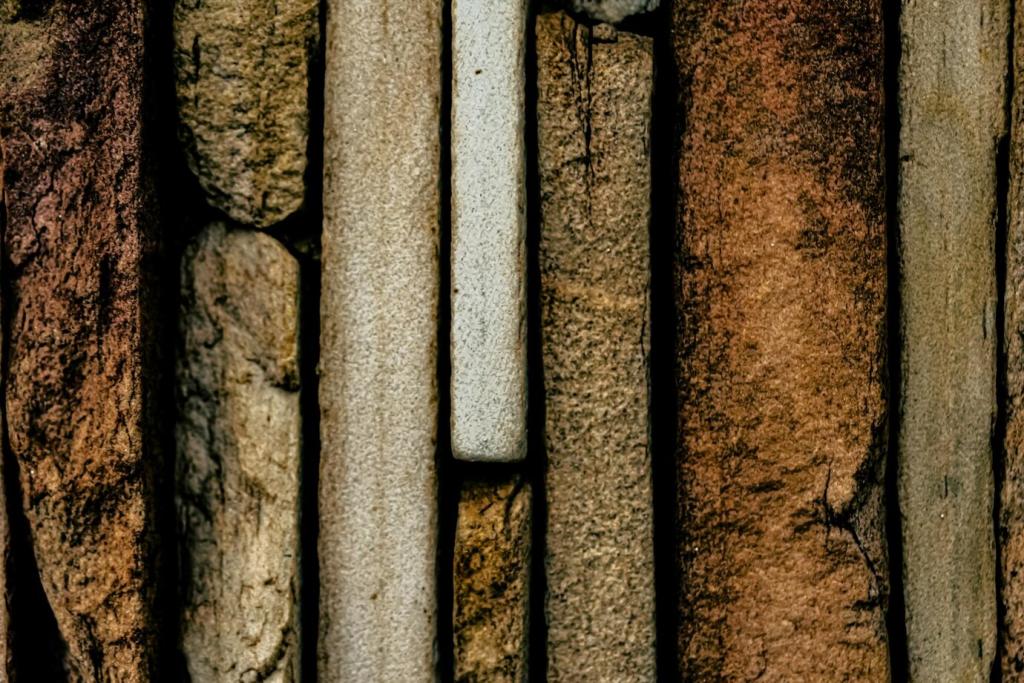Prep and Application: Small Rituals, Big Results
Mineral paints prefer absorbent, vapor-open substrates like lime plaster or mineral primed drywall. Remove acrylic sealers, test porosity with a mist of water, and choose primers that don’t trap moisture. This ensures a durable bond and mitigates hidden moisture issues.
Prep and Application: Small Rituals, Big Results
Many natural paints benefit from thorough whisking and resting before application. Strain through a fine mesh to catch lumps, then maintain gentle agitation as you work. These quiet habits yield smooth walls and clean transitions where light grazes surfaces.








